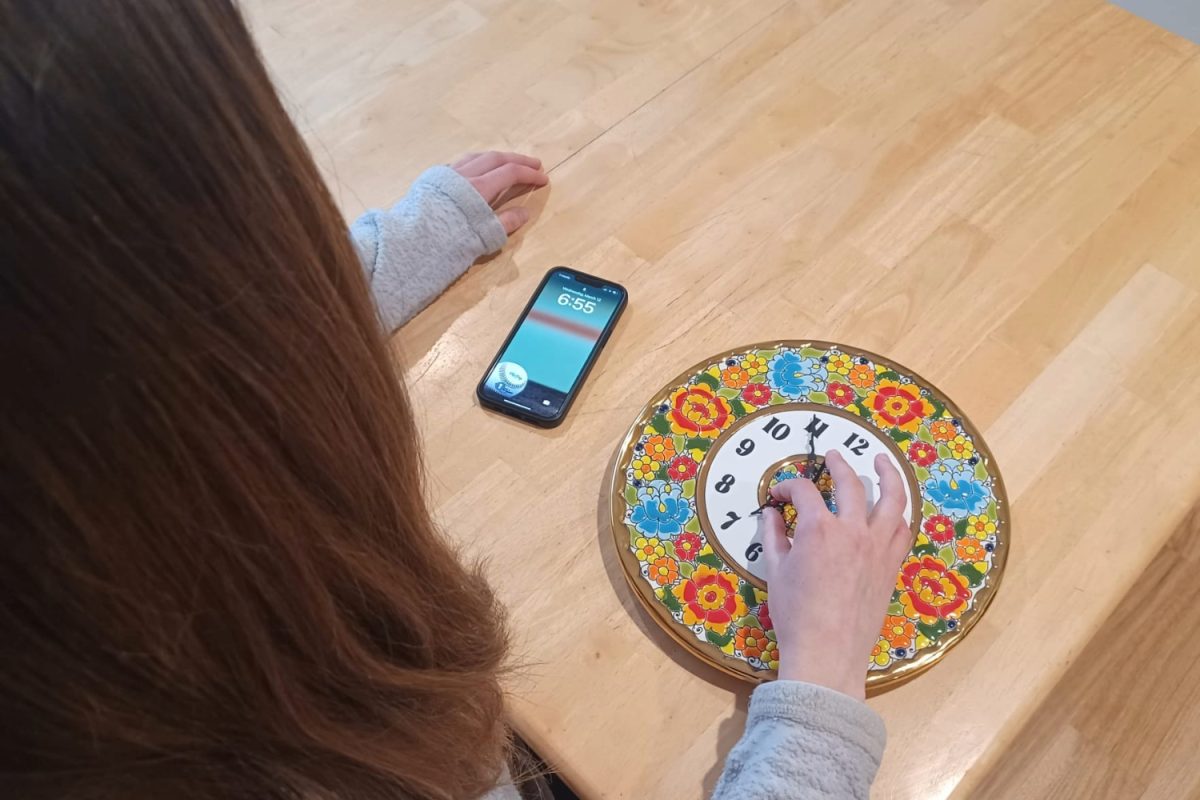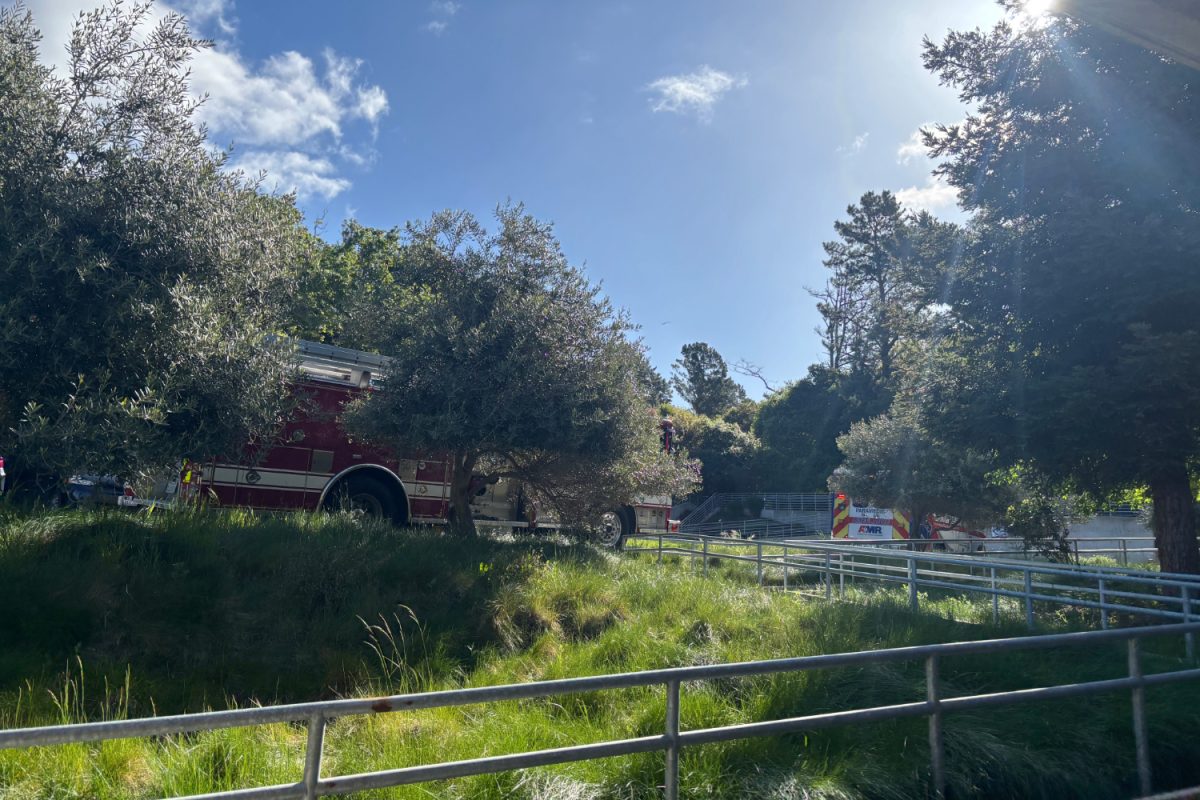The recent setting forward of the clock has brought the debate over daylight saving time back into the spotlight, with opposing views arguing over the importance of the practice.
Daylight saving time started on Sunday, March 9, and ends on the first Sunday of November, according to the U.S. Department of Defense. The purpose of this change is to conserve energy usage and promote outdoor activities by maximizing the amount of daylight.
“It’s nicer when the days get longer and nicer in fall when we ‘fall back’ so the days are brighter. The more sunlight, the better,” said Camille Nobrega, a sophomore at Carlmont.
Recently, the topic has been debated as having more flaws than benefits. Society has progressed, and behavioral practices have shifted, nullifying many of the original reasons for making the change.
Alya McGinlay, a Carlmont parent, believes that though the system was enacted to save energy, it is no longer doing its job.
“Lifestyles have changed. Work hours are different, and social hours are different, so it doesn’t do what it was initially intended to do,” McGinlay said.
In the United States, shifting clocks an hour ahead or behind began on March 19, 1918, and was known as “war time.” It was intended to conserve energy during World War I by cutting down on candles and energy usage in the dark. That way, more resources could go towards supporting the war effort.
The practice ended after about a year and a half but was reinstated during World War II. It was later made permanent in 1966 with the Uniform Time Act, according to the U.S. Department of Defense.
“While I understand the daylight hours, the science behind it doesn’t support it. It was originally enacted to save energy, and scientists have proven at this point that it doesn’t work that way,” McGinlay said.
In a study in Indiana in 2006, researchers found that “daylight time led to a 1% overall rise in residential electricity use, costing the state an extra $9 million,” according to Scientific American.
While there was less need for electrical lighting, the usage of air conditioners and heating units in the evenings increased.
This conclusion is supported by a 2017 paper published in the International Association for Energy Economics Journal.
This year, the spring forward took place on March 9, at 2 a.m., moving ahead an hour to 3 a.m. This resulted in an hour of lost sleep, which can lead to health issues.
“We should get rid of daylight savings because I need the extra hours of sleep, and also it messes up my sleep schedule so I’m sleeping more in class,” said Euna Min, a Carlmont senior.
This disruption of people’s circadian rhythms, including sleep cycles, can cause mood disturbances as well as increased risks for car accidents, strokes, and heart attacks, according to the Johns Hopkins Bloomberg School of Public Health. This is one of the arguments for abolishing daylight saving time.
However, these disturbance patterns do not show in school attendance, according to Esther Hernandez, Carlmont’s attendance clerk.
“Today’s attendance has been about average,” Hernandez said on the Monday following the change. “It’ll be interesting to see as time goes on if the attendance is better, and if the time change has an impact.”
Another perceived issue with the time change is the lack of synchronization across country and state boundaries.
“I work a lot with Europe. Their daylight saving time happens at a different time than ours, so all of our meeting calendars for the two weeks, or whatever delay, are out of sync,” McGinlay said.
This change leads to confusion and havoc when the timing of events clashes.
Not all countries use the same dates for their time changes, and some don’t do it at all. Even within the United States, there is variation. State legislatures can make their own decisions on whether to observe the time change or not.
The Astronomical Applications Department of the U.S. Navy says that “Hawaii and most of Arizona observe standard time only.”
Looking forward, it is unclear if daylight saving time will continue to occur due to the return of President Donald Trump to office.
In a Truth Social post on Dec. 13, 2024, Trump said, “The Republican Party will use its best efforts to eliminate daylight saving time, which has a small but strong constituency, but shouldn’t! Daylight saving time is inconvenient, and very costly to our nation.”
Since then, he has made no further move to end daylight saving time.
Whether the change is made or not, society has evolved since the policy was implemented, leaving people to wonder about the benefits of shifting the clock.
“There’s a pain-in-the-butt factor. You’ve got to wake up an hour earlier, but your brain thinks it’s not time yet. And you get used to that quickly, but it’s still a pain,” McGinlay said.












